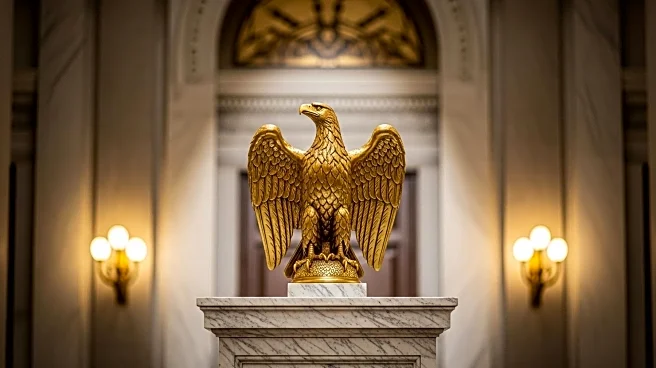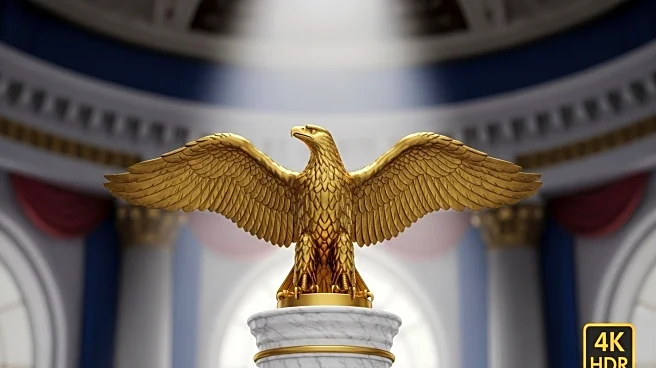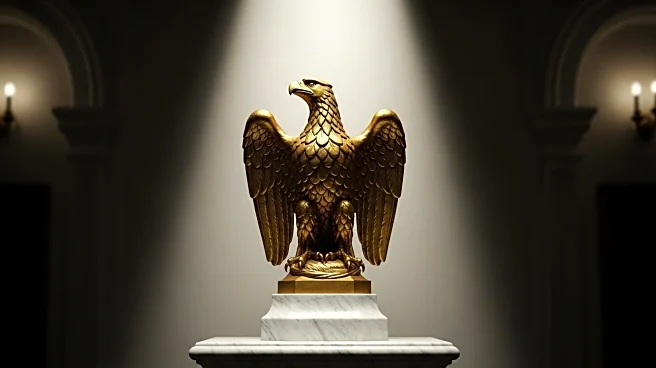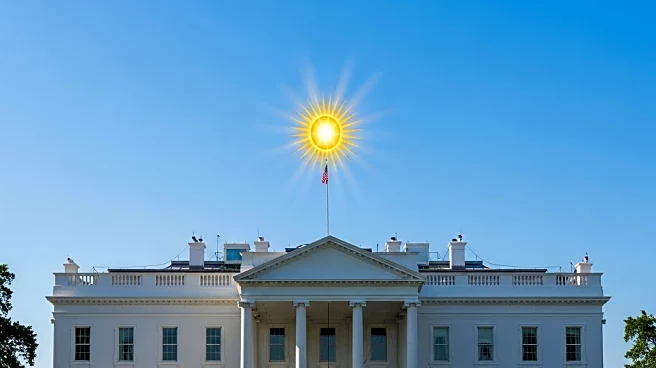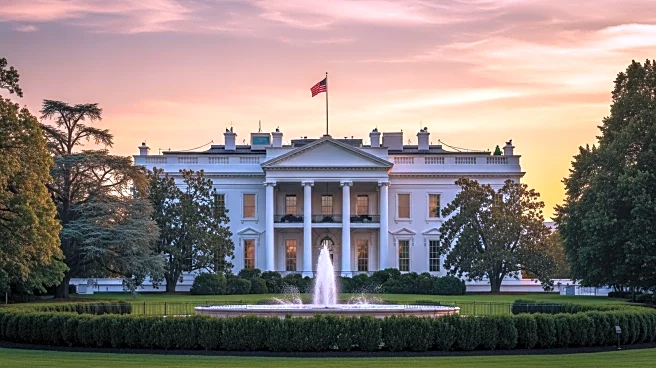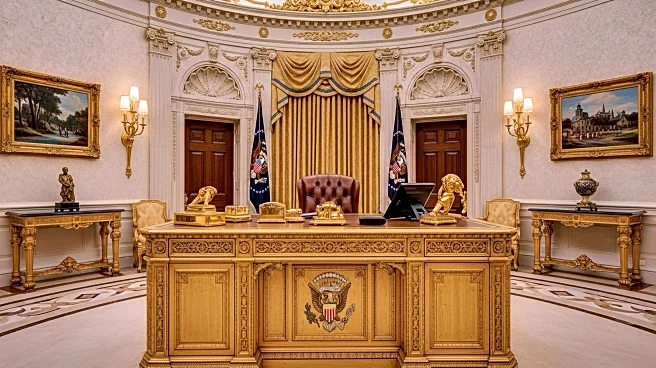What's Happening?
President Trump’s recent absence from public view has sparked a wave of conspiracy theories on social media platforms, particularly TikTok and Bluesky. Speculation about his health intensified over the Labor Day weekend, with some influencers and content creators posting unfounded claims about his possible injury or surgery. A psychic with a significant following on TikTok predicted Trump’s death, despite photos showing him visiting a golf course. The conspiracy theories gained traction due to visible bruises on Trump’s hand and his uncharacteristically dark public schedule. Democratic content creators and some politicians have engaged in the speculation, further fueling the online frenzy.
Why It's Important?
The spread of conspiracy theories regarding President Trump’s health highlights the role of social media algorithms in amplifying misinformation. This phenomenon reflects broader issues of mistrust in information and institutions in the United States. The viral nature of these theories underscores the incentives for content creators to engage in sensationalism for clicks and shares. The situation also draws parallels to the scrutiny faced by leaders in authoritarian countries, where rumors about their health are common. The incident illustrates the challenges in managing public perception and the impact of digital platforms on political discourse.
What's Next?
As the speculation continues, major stakeholders, including political leaders and media outlets, may need to address the misinformation and provide clarity on President Trump’s health status. The White House might consider releasing official statements or evidence to counter the rumors. Social media platforms could face pressure to enhance their moderation policies to prevent the spread of false information. The incident may prompt discussions on the ethical responsibilities of influencers and content creators in shaping public narratives.
Beyond the Headlines
The incident raises ethical questions about the use of social media for political gain and the potential consequences of spreading false information. It highlights the cultural dimensions of how public figures are perceived and the impact of digital platforms on shaping societal attitudes. The situation may lead to long-term shifts in how political leaders manage their public image and interact with digital media.




